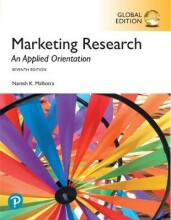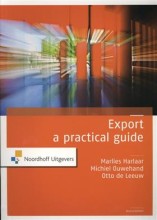Why do organisations change?
14 important questions on Why do organisations change?
What is the economic perspective regarding organisational change?
What is the organisational learning perspective regarding change?
When do forces from the environment usually arise?
In extreme circumstances, organisational change is designed to turn around negative cash flows and avoid bankruptcy
- Higher grades + faster learning
- Never study anything twice
- 100% sure, 100% understanding
Explain the two different coercive isomorphisms
sInformal coercive pressure are associated with changes to receive the support of other organisations. Although not legally required, resisting these pressures would breach strong cultural norms
Kotter identifies four types of global trends that translate in organisational adaptions
- Greater economic integration: think of currencies, fewer barriers to trade and international capital flows
- Maturation and deceleration of domestic markets: with the result of more cheap exports, slower growth, privatization and deregulation
- changing world order: (notably after the end of the cold war): geopolitical instability, civil and inter-state conflicts and sporadic terrorism. Furthermore, the fall of socialist countries and the reorientation toward capitalist economies which led to new opportunities such as larger markets and fewer entry barriers but also more competition and demand for increased speed.
What do companies usually do when they experience market decline forces?
These changes usually involve the organisation switching industries
How would you define a company's reputation?
(therefore it is important to implement changes when the reputation or credibility of an organisation declines)
In order to explain why a certain pressure does not always lead to an organisational change, four debates are discussed. Which four?
2) Environment: objective entity vs cognitive construction
3) Forces for change vs forces for stability
4) Bridging (adaptation) vs buffering (shielding)
Explain the paradox between
Organisational learning and Threat- rigidity
Threat-rigidity: theorists believe that these pressures will prevent change, as the management;s cognitive and decision-making processes become blocked when faced with threats.
This paradox requires the organisation to have a system that focuses on both threats and opportunities. This can be developed by structural differentiation, with separate organisational units, but the different parts work together in an integrated way
Boyd describes two types of perceptual errors in his work regarding the organisational environment, which two?
Type 2 error: when the environment is turbulent, but managers consider it as stable and therefore undertake no action with the result that the organisation is threatened
Smircich and Stubbart advocate the 'enacted environment' perspective, namely the constructivist view. Explain this view!
How is the view of Bogner and Barr different from those of Smircich and Stubbart?
Therefore, managers are limited to these interpretations.
What are the 5 internal forces for organisational change
2. Integration and cooperation forces
3. Corporate identity
4. New broom or new chief executive
5. Power and political forces (internal relations)
'new broom'
in contrast to their predecessors, new ceo's have some advantages when it comes to making changes, which 4?
- they are not hindered by past practices within the organisation
- they can look with a clear view and therefore encounter problems that were previously concealed
- they have a greater chance to encounter problems related to their customers, because they were not involved in previous conflicts
The question on the page originate from the summary of the following study material:
- A unique study and practice tool
- Never study anything twice again
- Get the grades you hope for
- 100% sure, 100% understanding






























